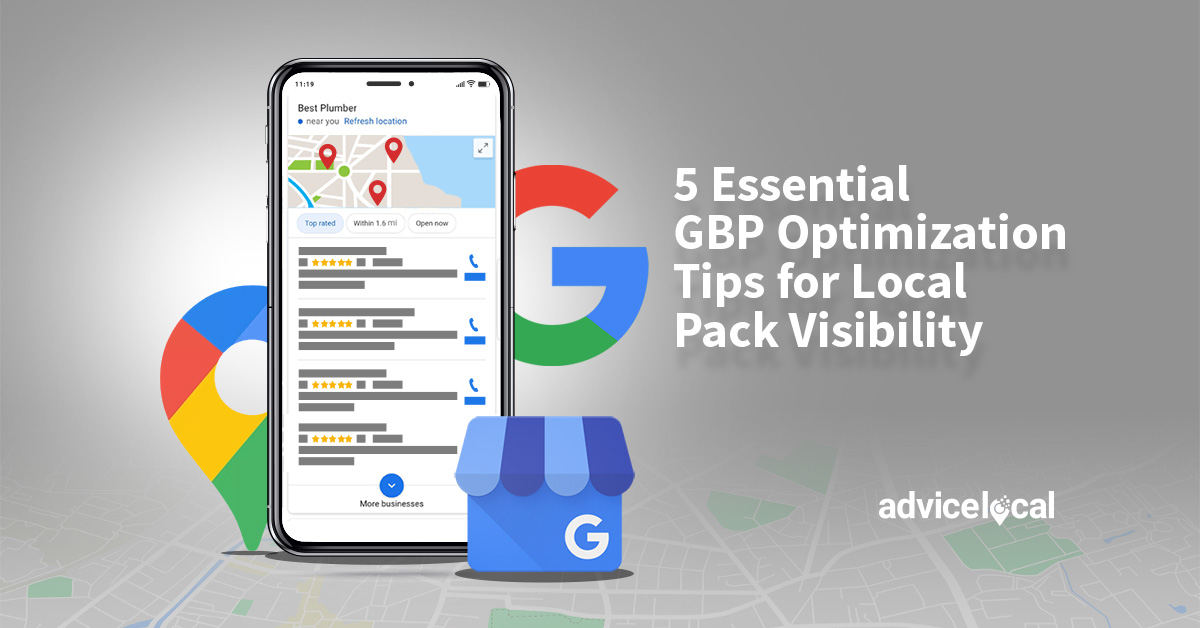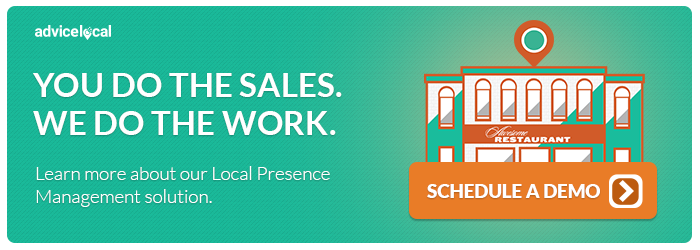Last week we updated you on all the latest news from Google, Bing and other essential platforms. This week we’re looking at the optimization elements that all successful Google Business Profiles need.
Optimizing a Google Business Profile for Search and the Local Pack
It’s been a while since we’ve focused solely on how an optimized Google Business Profile (GBP) can help your local business clients surface more often in the local pack and search results.
Here are the starting points for an optimized GBP.
1. Setting the Primary Category (And Secondary)
Choosing the right categories can mean the difference between your client showing up high in the local pack – or not showing at all.
Before setting the primary category, evaluate the competition to see the popular choices. Certain industries (a plumber, for example) will have an obvious primary option. But for businesses offering multiple services, you may need to make a difficult choice. Relevancy, competition analysis and keyword data can help you make the best decision.
As for secondary categories, this is the chance to add supplementary services. You get nine secondary categories in total, but you don’t have to use them all. Plus, they must be relevant to avoid looking spammy. Most Advice Local partners limit secondary categories to two or three.
2. Website Links & Attributes
The primary category selected will also impact the features and even attributes available to the business. For example, the restaurant category will give various dining options for attributes. A GBP also provides more general attributes, such as accessibility and payment options.
Driving traffic to a client’s website is typically the main goal for a GBP. To this end, Google provides various local business links, including booking an appointment, placing an order, looking at a menu and more. To collect data for your clients, you really should be using UTM tracking on the links. And by design, our Enhanced Google Business Profile Tool makes managing multiple GBPs easy.
3. Business Description
We’ve discussed many times the importance of Google EAT for a GBP. The GBP business description gives you 750 characters (with spaces) to engage readers and optimize the profile with relevant search terms. The description lets you detail a business’ brief history plus areas of differentiation and personality, as it targets industry keywords and helps build consumer trust.
4. Services
Keep service descriptions short and to-the-point. Aim to keep them around 250 characters, and stay tightly focused on the service being provided. Currently, the services tab is only visible on mobile, but don’t be surprised if it finds its way to desktop in the future.
Google may even pull services data from a business’ website at times, so make sure to monitor clients’ GBPs periodically. Also, keep in mind that on occasion Google will use services as justifications for why a business is included for a particular local pack.
5. Products
Finally, GBP Products is an underused feature, and one that can significantly enhance a profile. You can write engaging, keyword-rich product descriptions with an enticing call to action that directs consumers to the business’ website (with UTM tracking included, of course). Aim for around 100 words – and don’t forget to edit outdated product information. At this point, Google is perfectly fine with businesses adding services in the products section, so certainly take advantage of this.
Try the Best Listing Management Services for Agencies
Advice Local helps agencies and marketers improve their clients’ search visibility with industry-leading tools. Our real-time listing management solution delivers local citation services, comprehensive reports and much more. Request a demo today or call (214) 310-1356 to learn about our listing management solutions and Google Business Profile tool.




